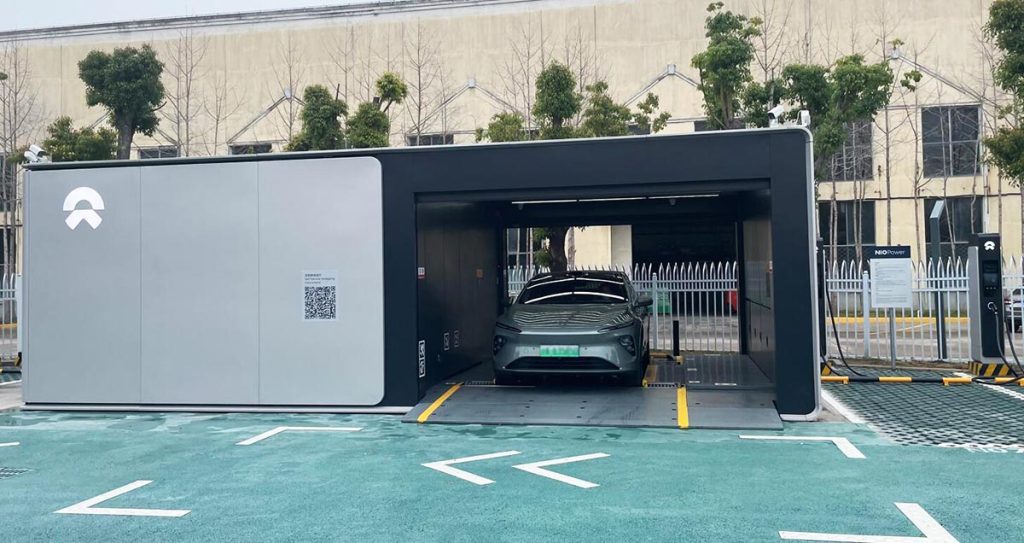China Aims for New Energy Vehicles (NEVs) to Transform into Major Energy Storage Assets by 2030.
China has set a goal for New Energy Vehicles (NEVs) to play a significant role in the energy storage landscape by 2030, contributing tens of millions of kilowatts of regulation capacity to the power system.
In a move to explore new possibilities in the energy sector following the widespread adoption of NEVs, four government departments, including China’s economic planner, the National Development and Reform Commission (NDRC), have issued guidelines on vehicle-grid interaction.

By 2025, China plans to establish an initial technical standard system for vehicle-grid interaction and fully implement and optimize the busy-idle tariff mechanism for charging, according to the development goals outlined in the guidelines. The country aims to conduct pilots on vehicle-grid interaction, targeting more than 60 percent of annual charging power in participating cities during idle times and over 80 percent of charging power in private charging piles during idle times by 2025.
The guidelines also state the objective of validating the potential of NEVs as a mobile electrochemical energy storage resource through pilots by 2025. Looking ahead to 2030, China aims to build a comprehensive technical standard system for vehicle-grid interaction, promoting large-scale application and smart, orderly charging. At this stage, NEVs are envisioned to become a crucial component of the electrochemical energy storage system, offering tens of millions of kilowatts of bi-directional flexibility regulating capacity for the power system.
To achieve these goals, the document emphasizes the need to strengthen research and development of key power battery technologies. One crucial aspect involves increasing battery cycle life to 3,000 cycles and beyond without a significant increase in costs.
As China experiences rapid adoption of NEVs, their potential as distributed energy storage sites is gaining attention. The battery swap model, favored in China due to its ease of planning compared to charging stations, is aligning with the government’s vision. Companies like Nio have been exploring ways for their battery swap stations to interact with the grid, offering energy storage capabilities to regulate peak loads during times of high demand.
In August 2022, during a summer power crunch in China, over 100 Nio battery swap stations utilized their energy storage capabilities to manage peak loads on the grid effectively. Each battery swap station was positioned as a virtual power plant, participating in load regulation to support the stability of the grid.